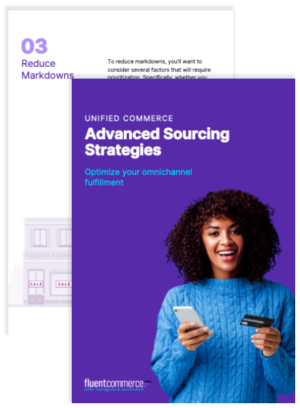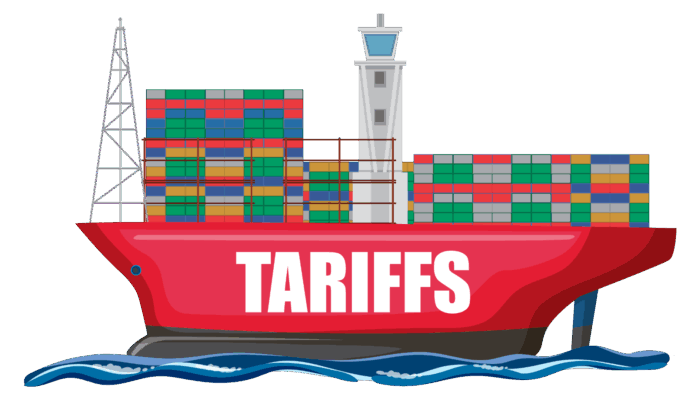Even the most loyal customer has cause to return a product from time to time. Whether it’s an issue of size, color, function or simply a question of a changed mind, retail returns should be easy and present as little friction as possible. Brands that follow these five steps should be able to turn an unhappy customer into a loyal customer.
1. Free return shipping
Perhaps the easiest friction to remove from the process is the cost of shipping. Conditioned by Amazon and other major retailers to free return shipping, today’s customers expect nothing less from their favorite brands. Rather than simply adding costs that once fell to consumers to their bottom lines, wise brands turn the promise of free shipping into a loyalty-building experience or a chance to upsell customers who need to make a return.
Consider, for instance, offering free return shipping only to your customers who are members of your loyalty program. This is a genuine benefit that will attract more customers to your loyalty program and satisfy the ones who make returns.
2. Free omnichannel returns in-store
Alternately, you could offer free in-store returns for online purchases. With omnichannel returns to the customer’s local store, the customer gets ‘free shipping’ and you get the added brand advantage of upsell opportunities once they’re in-store. It’s what’s known in the business as a win-win, made possible by a best-in-class Order Management System (OMS) that lets you connect your online and offline channels.
3. A hassle-Free return policy
The best recipe for a positive return experience is to condition the customer ahead of time. How? By prominently posting a hassle-free return policy. Rather than bury this in the footer, make your returns policy clear on the Product Detail Page (PDP) so consumers know what to expect before they make a purchase. Naturally, you want this process to be as easy and frictionless as possible; i.e., free returns for members of your loyalty club or free returns to a local store.
4. Automatic refund
According to a study conducted by UPS, fully one-quarter of consumers say the main reason for a poor retail returns experience is delay in getting a refund. The key is to ensure that returns are processed in a timely manner and that customers receive their refund immediately upon a product’s return.
5. Easy to print return label
In addition to clearly posting your retail returns policy, another tactic is to offer an easy to print return label. Some retailers even include a return label in all boxes they ship. But while convenient, this can lead to unnecessary waste. So if you don’t include a return label in the packaging make sure it’s easy to print from your website. You can link to this from all the places a customer is likely to look, from the PDP to the policies you feature in your site’s footer.
6. Easy to follow returns procedure
In addition to making your returns policy hassle-free, it’s imperative to remove as much friction as possible. So make it easy for your customers to find, understand and follow your process. Starting before they make the purchase helps, but also offer signposts to your policy throughout the purchase process so it’s easy to find when they’re ready to make a return. Most importantly, don’t penalize the customer by presenting a convoluted or difficult process. Although the details of processing a return matter a great deal to the brand, they don’t to the customer so make sure there are as few steps to follow as possible.
By following these six simple steps, brands and retailers can ensure that their customers become and remain loyal. Returns are inevitable. Unhappy customers are not.




